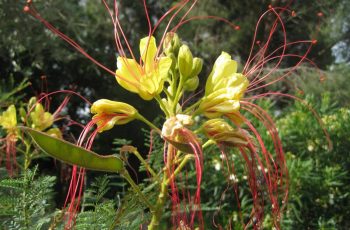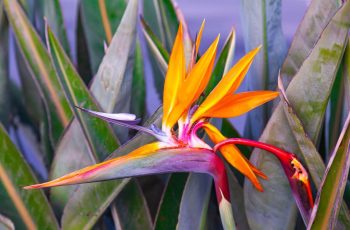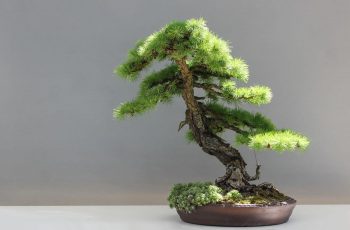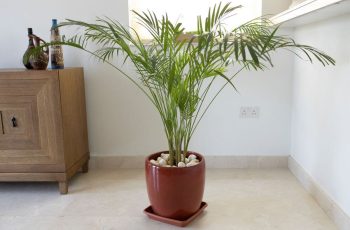The Cast Iron plant, scientifically known as Aspidistra elatior, is renowned for its resilience and ability to thrive under less-than-ideal conditions. Perfect for beginners, this hardy houseplant can withstand neglect and adverse environments that would typically harm other plants.
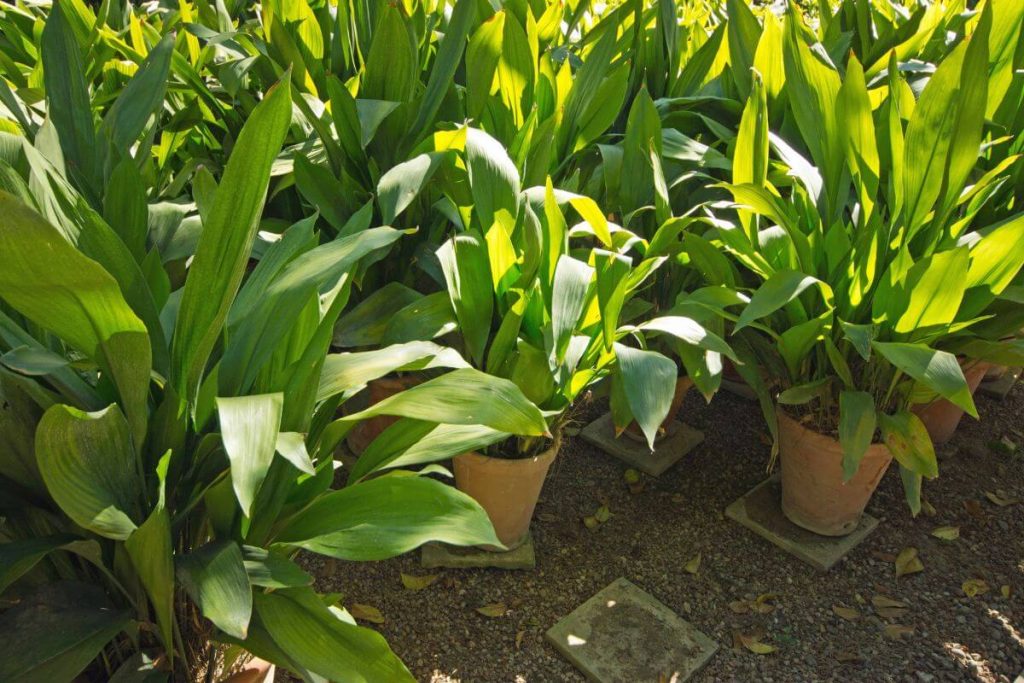
Overview of the Cast Iron Plant
Native to Asia, the Cast Iron plant is also referred to as the “Bar Room Plant” or “Ballroom Plant.” Its striking foliage features deep green, glossy leaves shaped like lances, which can grow up to two feet long and four inches wide. Although it is primarily an indoor plant, it can also flourish outdoors in suitable climates, producing purple blooms at its base.
Care Instructions
- Soil Requirements: The Cast Iron plant thrives in well-draining soil that is rich in organic matter. An ideal pH level ranges from 4.5 to 7.0. Outdoors, it can adapt to loamy, sandy, or even clay soils, but adding compost can enhance drainage. Indoors, a standard potting mix with proper drainage holes is sufficient.
- Light Conditions: This plant prefers bright, indirect light. Avoid direct sunlight, which can scorch the leaves. For outdoor cultivation, partial shade is best.
- Watering and Humidity: While drought-tolerant, the Cast Iron plant prefers moderate moisture. Water when the top two inches of soil is dry, ensuring the pot has good drainage to prevent root rot. Normal home humidity levels are usually adequate, so misting is not necessary.
- Temperature Preferences: Ideal temperatures range from 60°F to 75°F. Protect the plant from temperatures below 50°F, as cold can damage it.
- Fertilization: Fertilize monthly during the growing season (spring and summer) with a balanced liquid fertilizer. Use slow-release fertilizers in spring, and avoid fertilizing in fall and winter.
- Pruning and Repotting: Prune for aesthetics or to remove damaged leaves. Use sterilized tools to prevent disease. Repot every two to three years in spring when the roots begin to outgrow the pot.
- Propagation: Propagation is best achieved through division. Remove a rhizome with at least two leaves and plant it in fresh soil, keeping it warm and slightly moist until new growth appears.
Toxicity and Pests
The Cast Iron plant is non-toxic to humans and pets, making it a safe choice for households with children and animals. While it is generally pest-resistant, keep an eye out for spider mites, mealybugs, and scale. Treat infestations promptly with insecticidal soap or neem oil.

Conclusion
The Cast Iron plant is an excellent choice for anyone looking for a low-maintenance houseplant that can endure neglect. With minimal care, it can thrive and add a touch of greenery to any indoor or outdoor space. Whether you’re a seasoned gardener or just starting, this resilient plant is sure to be a delightful addition to your collection.

